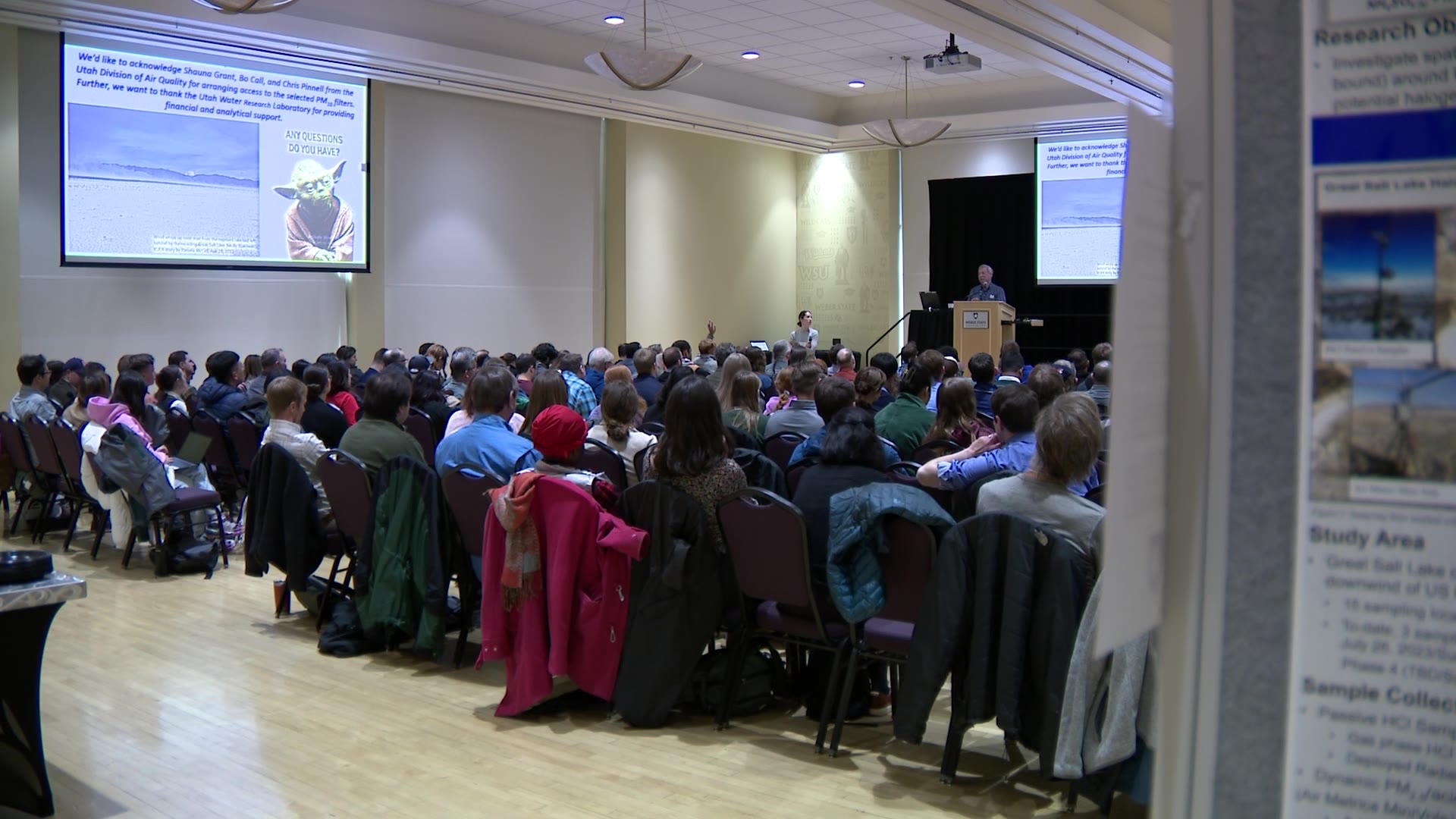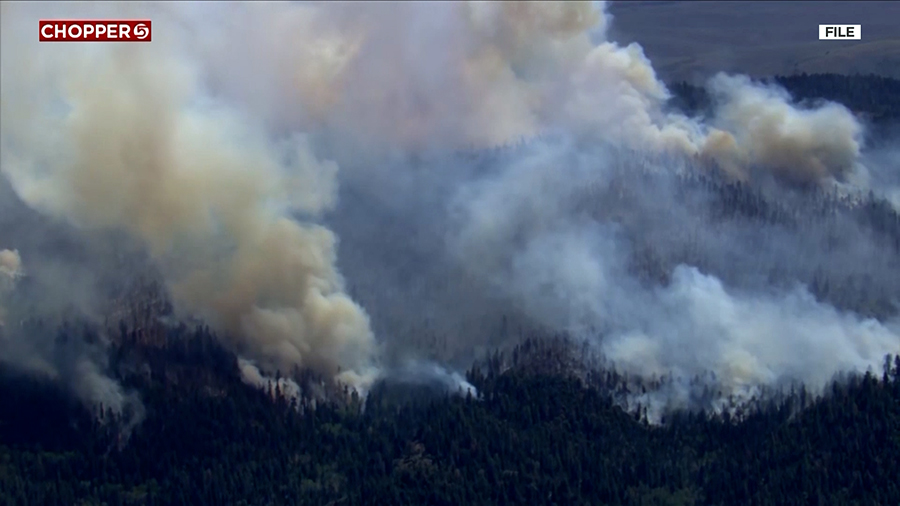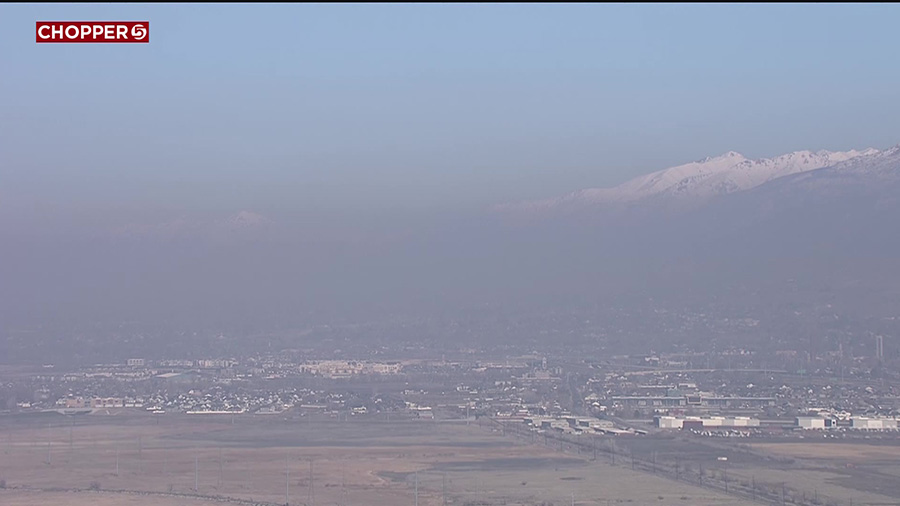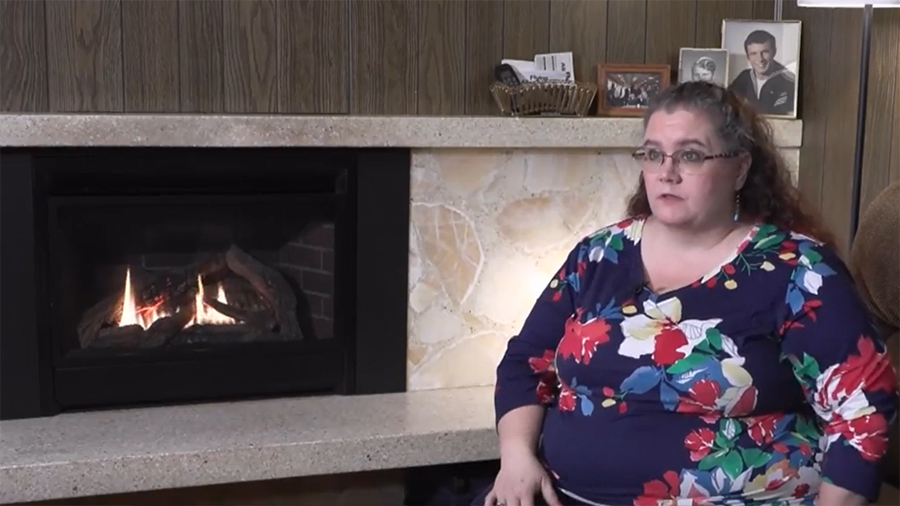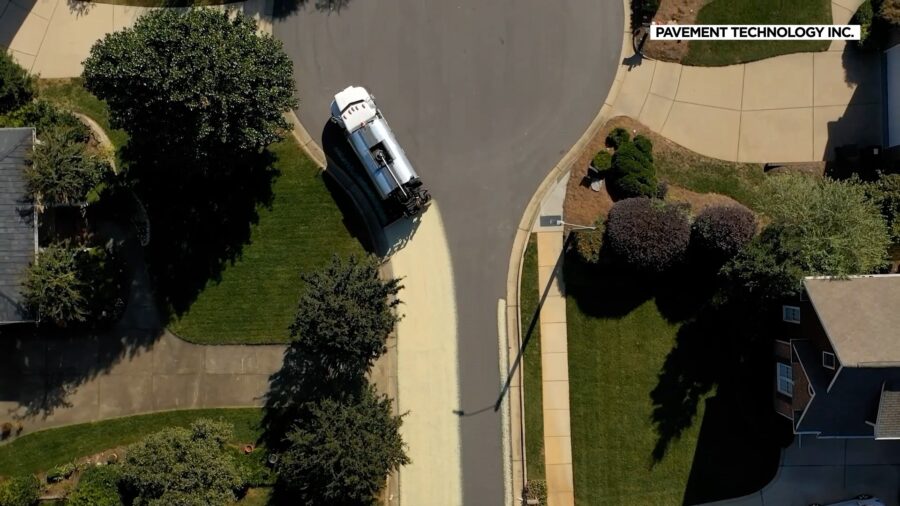New State Standards Enacted To Keep Up With New EPA Standards, Reduce Pollution
Jan 2, 2019, 7:23 PM | Updated: Jan 3, 2019, 12:31 am
SALT LAKE CITY, Utah – The Utah Division of Air Quality board approved new standards, intended to help prevent harmful pm2.5 particulate pollution, and keep up with newer EPA regulations.
The Wasatch Front has until the end of 2019 to properly meet 3-year averages that would fall within the newer guidelines. Some of the bigger changes, approved in a board meeting, include requiring refineries, mines, and power plants to have their stack pollution checked by third party contractors once every three years.

A temperature inversion traps and fills Utah valley with thick smog as seen from Traverse Mountain on January 31, 2017 in Alpine, Utah. Severe inversions have plagued Utah’s large cities for many years.(Photo by George Frey/Getty Images)
Some, like the Kennecott copper mine for example, having to get the checks done each year.
“We’ve learned more about air pollution,” said Bryce Bird, air quality director. “We know that the levels we had in the past were not protective of public health, so we’re developing plans to bring our area into compliance with those standards.”
Another measure requires the mine to produce their own power only with natural gas, eliminating the coal option.
An attorney for Kennecott’s parent company, Rio Tinto, argued the change could hurt their flexibility, which has allowed them to buy power off the grid during off peak months, and essentially not run their power plant at all during the winter.
Some environmental groups, however, said they felt that more needs to be done to clean up our air.
“We’re hopeful for the future, because we feel like if we keep working on these issues, that eventually we’ll be able to get even more rigorous emission reductions in Salt Lake Valley,” said Joro Walker, general counsel for Western Resource Advocates. “We may well be turning our attention (to) reducing emissions that contribute to smog during the summer. Any steps we take now will help with that effort in the long run.”
Other areas of the newly approved plan focus on restaurants and wood-burning emissions, along with making sure that any future transportation plans follow the newer EPA standard.


